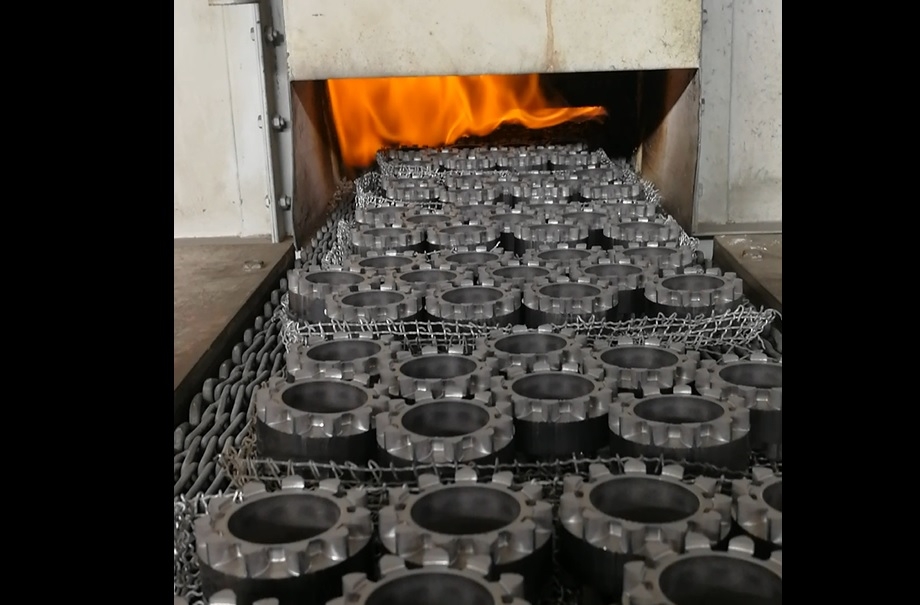In production, the dimensional and shape accuracy of powder metallurgy products is very high. Therefore, controlling the density and dimensional changes of the compacts during sintering is an extremely important issue. Factors that affect the density and dimensional changes of sintered parts are:
1. Shrinkage and removal of pores: Sintering will cause shrinkage and removal of pores, that is, reduce the volume of the sintered body.
2. Encapsulated gas: During the press forming process, many closed isolated pores may be formed in the compact, and when the volume of the compact is heated, the air in these isolated pores will expand.
3. Chemical reaction: Some chemical elements in the compaction and sintering atmosphere react with a certain amount of oxygen in the compaction raw material to generate gas or volatilize or remain in the compaction, causing the compaction to shrink or expand.
4. Alloying: Alloying between two or more element powders. When one element dissolves in another to form a solid solution, the basic lattice may expand or contract.
5. Lubricant: When the metal powder is mixed with a certain amount of lubricant and pressed into a compact, at a certain temperature, the mixed lubricant will be burned off, and the compact will shrink, but if it decomposes, the gaseous substance cannot reach the surface of the compact. . sintered body, which may cause the compact to expand.
6. Pressing direction: During the sintering process, the size of the compact changes perpendicularly or parallel to the pressing direction. In general, the vertical (radial) dimension change rate is larger. The dimensional change rate in the parallel direction (axial direction) is small.
Post time: Aug-25-2022

